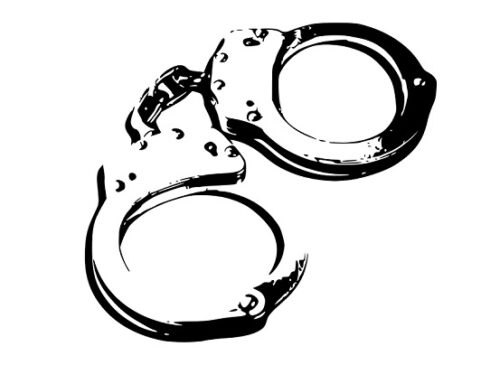ACLU of Hawaii sues C&C of Honolulu, Dept. of Education, and HPD
On January 7, 2022, the American Civil Liberties Union of Hawai‘i (ACLU of Hawaii) and Caballero Law LLLC filed a civil rights lawsuit in federal court against the City and County of Honolulu, the State of Hawai‘i Department of Education (DOE), and Honolulu Police Department (HPD) officers on behalf of Tamara Taylor and her daughter, N.B. This lawsuit follows a letter that was sent to the City, HPD, and DOE in October 2021 demanding relief. No relief was granted.
The newly-filed lawsuit describes an incident in January 2020 in which N.B.–who is now twelve-years old–was handcuffed and arrested by HPD officers, and her mother was falsely detained by DOE officials, at Honowai Elementary School.
As described in the lawsuit, the day prior to her arrest, N.B. had made an offensive drawing together with other classmates, following an incident in which she was bullied by a third child. N.B., who has a disability of which school officials were aware, often draws as a coping mechanism for her disability. When the drawing was finished, N.B. did not want to give the picture to that child, but one of the other classmates involved in making the drawing later delivered it against N.B.’s wishes. That same day the drawing was brought to the school’s attention. The next morning, the parent of another child insisted that that the school call the police, which the school did. HPD officers responded and interrogated N.B. and her mother: neither HPD officers nor DOE officials questioned or investigated any of the other children involved in making the drawing. N.B. was the only Black student involved.
In between being questioned by HPD officers, N.B. at one point commented to a school nurse that she wondered what spending one day in jail would be like. After the officers heard about the comment they got upset and handcuffed and arrested N.B., tightening the handcuffs hard enough to leave marks on her and hurt her. At no time that morning was there an imminent danger to anyone in the school that justified the HPD officers handcuffing N.B., who had been calm and compliant.
That same morning, school officials called Ms. Taylor to the premises. After her arrival, however, the police and school officials detained her in another room, away from N.B. They refused to let Ms. Taylor see her daughter or fully inform her of the underlying situation, despite Ms. Taylor’s repeated requests. Only after they finally released her from the room did Ms. Taylor learn that the police had interrogated N.B. (without first giving her Miranda warnings), had handcuffed N.B., and were taking N.B. to the police station.
In disbelief, Ms. Taylor saw a police car driving away with her daughter. Shocked and distraught, Ms. Taylor began loudly crying. While she was still crying, one of the HPD officers confided to Ms. Taylor they thought it was best for her not to see her daughter because they did not want Ms. Taylor to “beat [her daughter] at the school.” As alleged in the complaint, this–and subsequent comments from DOE officials that they had to stop Ms. Taylor because they saw “fire in her eyes”–show that officials acted towards Ms. Taylor based on prejudiced assumptions about “angry Black women.”
By the time N.B. was finally released to her mother at the police precinct, she was hungry, exhausted, and had been in the school or HPD’s custody for over four hours. No charges were ever filed against N.B. for the drawing incident. The school also never investigated any of the other classmates involved in the drawing incident.
As a result of the school staff and police actions, Ms. Taylor and N.B. have been gravely harmed, and both continue to suffer from the trauma of the incident to this day.
The lawsuit lists the following causes of action:
• False arrest in violation of the 4th and 14th amendments to the U.S. Constitution, federal civil rights law, and state tort law;
• Use of excessive force in violation of the 4th and 14th amendments to the U.S. Constitution and federal civil rights law;
• Discrimination on the basis of race in violation of federal civil rights law;
• Disability-based discrimination in violation of federal disabilities laws;
• Negligence and negligent infliction of emotional distress; and
• Negligent training and supervision




